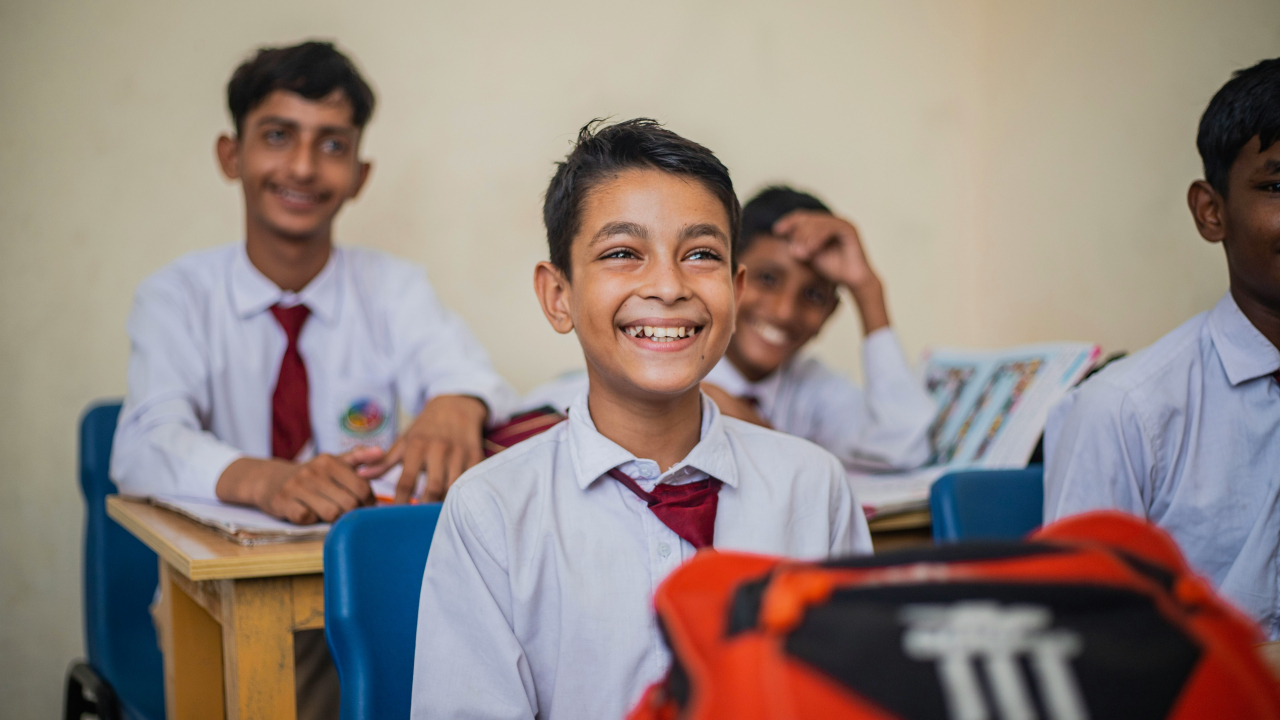School Trends

The new academic year is upon us, hopefully after the summer, batteries have been recharged and we are ready for the next chapter. With new beginnings come new opportunities, but what are some of the trends we are seeing in relation to wellbeing in education?
Since the dark days of online learning from COVID, we have seen an increased attention in relation to wellbeing and mental health, the truth is we are still recovering from the trauma of isolation. One particular facet of wellbeing that was impacted was connection, the lack of interaction and learning through the assimilation of social norms is still being felt across age groups. However, it is not fair to say that this was the catalyst for the focus; indeed this has been on the educational radar for some time, however it does feel like it has gone up a notch.
There are two areas in particular that we are seeing ever growing demand from schools, firstly the request for training for their student population in relation to peer support, and secondly the implementation of phone pouches.
Emotional literacy and awareness are a muscle, if we wait until times of struggle to find our tools in order to emotionally regulate, it will only prolong suffering. When Dubai schools completed the Wellbeing census from KHDA, one of the universal findings across schools was that generally students find emotion regulation challenging. I’m not sure the finding would vary much across the teacher or parent population either. For clarity, emotional regulation is not the absence of feeling emotions, it’s the proportional emotional response to the stimulus. Feeling sad because a test didn’t go well is emotional regulation; having a panic attack because you think you won’t get into a good university as a result is not emotion regulation. This is where the training in the student population comes in.
One of the popular requests we get at The Free Spirit Collective is for our peer support programme. This creates wellbeing ambassadors across the school and enables students to support students. They are more often than not the first port of call from their fellow students, which can leave individuals feeling overwhelmed and uncertain of what steps to take. This training helps create clear pathways in line with the school safeguarding policy and assists in streamlining the information to the relevant person within the school. As we know, safeguarding is everyone’s responsibility, and this further helps create a community of care and empathy. Importantly, it helps create a community that isn’t scared to have mental health conversations, reducing the stigma little by little, which has long been a global target.
Whenever I deliver parent sessions in schools, invariably some form of question comes up about screen time and what to do. The reality is we aren’t sure what best practice looks like yet. Guidelines have shifted over the years as new schools of thought emerge, but we are yet to land on something concrete. Phone pouches have been met with despair by students, however early adaptors are reporting positive qualitative data. They are referencing increased interaction and communication among the student population, something that will help a sense of connection and school belonging enormously.
Is this the long term solution? I’d like to hope not. Perhaps delusionally, I wish that one day we foster such emotionally literate and aware students that they are able to form a healthy relationship once again with our portable friends. For now, I think it’s a great move and certainly among the younger years where our brain is driven by emotions and dopamine seeking behaviour, I believe it will be a great help.
Where do we need to grow in relation to wellbeing in schools? If we look at the Global Flourishing study that is happening right now, a five-year longitudinal study spanning twenty-two countries and two hundred thousand people, we are gaining remarkable insights into human flourishing. For example, the negative correlation that is appearing between wealth and happiness. Who would have thought it, that money doesn’t actually make you happy on a large scale? What does this study and many other studies lack? Data from the Gulf region.
One of the other growing trends in Wellbeing and education is the use of technology and apps. I am a full supporter of this move, only thirty percent of those that need support with mental health receive appropriate care globally. A shocking statistic. This will go a long way in making sure that more people get some support, as we know, high wellbeing is a protective factor for mental health.
I’d like us to see us utilise the use of technology to plug the data gap in the Gulf region. Much of the wellbeing literature and interventions are predicated on Eastern traditions, this is not new technology or thinking. Most of the current research conducted on said interventions is carried out on white/ western people, which leaves a big question mark over it’s validity across the world. It is imperative that we record what enables flourishing in this region, there is a rich depth of knowledge to tap into with strong cultural bonds to learn from.
Wherever you are in relation to your wellbeing journey in school, just remember it is a journey, it takes a lot of time, but consistency means you are moving further towards your target. Stay patient, you will do great things.
By Mark Samways
Stay up to date
Subscribe to the free GESS Education newsletter and stay updated with the latest insights, trends, and event news every week. Your email address will remain confidential

